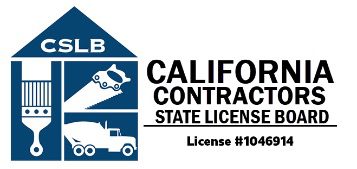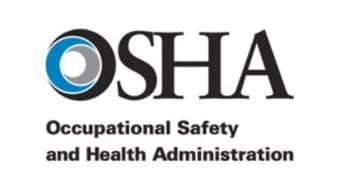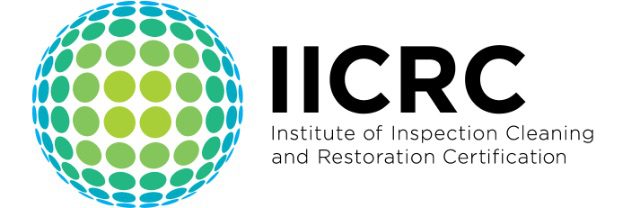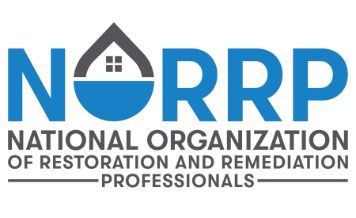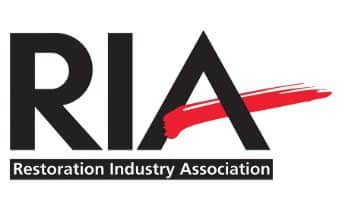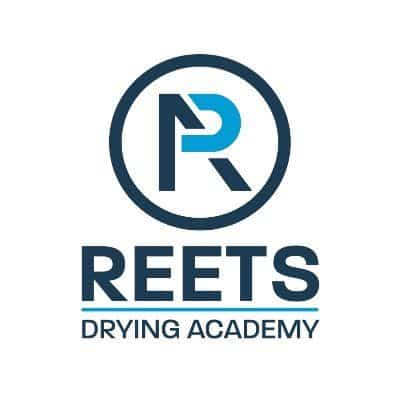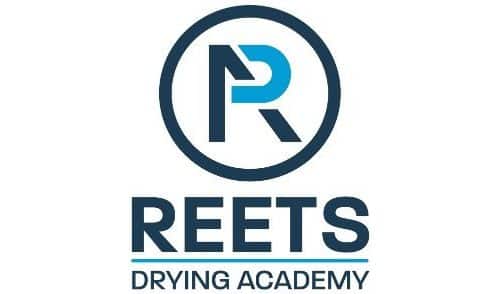What is Corrosion Mitigation?
As if the devastation and shock of a fire were not enough to deal with, property owners must immediately start making decisions once their property is safe to enter. Although property owners may already expect to deal with structural damage and the strong smell of smoke, most do not realize there are 2 other types of damage to reckon with, water damage and corrosion. Water damage is typically the result of firefighting efforts and extraction and drying equipment should be placed as soon as possible to prevent mold and other secondary damages, especially on exposed structures. But a little-known fact about soot and smoke residue is that they are acidic and will corrode metal finishes, paint, glass, porcelain, electronics, and building materials.
As a fire rages on the increase in temperature opens the “pores” of building materials and surfaces allowing for soot particles to nestle deep. During firefighting efforts, water vapor is introduced into the environment and as it combines with soot, the acidic strength of the soot particles jumps up quickly, and in turn corrosion occurs faster. At Dry Kings Restoration, we highly recommend performing corrosion mitigation to salvage as many building materials, fixtures, appliances, and electronics as possible and to prevent further smoke odor damage. Corrosion mitigation is essentially a thorough hand cleaning of your property from top to bottom with alkaline solutions and fire degreasers and vacuuming with a vacuum equipped with HEPA filters.
If the soot particles are not removed within time, typically within 72 hours of the fire, building materials and surfaces begin to irreversibly discolor, stain and/or etch from the acid. By cleaning with an alkaline solution and fire degreasers, the acidity of the soot particles is neutralized and removed from within the pores and surface of the materials inhibiting corrosion. The main intention of using a HEPA filter-equipped vacuum is to pick up and trap soot particles and debris, which can be very minuscule and contribute to smoke odor. Soot particles can also discolor and stain fabrics; of course, white fabrics are worse off than colored fabrics and if heavily saturated yet salvageable will need professional textile restoration. Fabrics can also include carpets and rugs which can be washed with special solutions to not only restore color but also to remove any trapped soot particles. Soot particles can also ruin electronics because the particles are small enough to intrude past casings/housings and corrode circuit boards, relays, control panels, and wiring. Electronics can also be professionally restored but they will have to be checked for water damage and rust.
After a fire, corrosion mitigation is a necessity to maximize the salvageability of metal finishes, paint, glass, porcelain, fabrics, electronics, and various building materials. Fortunately, corrosion mitigation and water damage mitigation can be performed in tandem to stave off other secondary damages such as mold. For over a decade Dry Kings Restoration has been the San Francisco/Bay Area’s local, woman-owned, water and fire damage restoration company. Our technicians have the experience and industry-leading techniques and technology to professionally restore your property after major fire damage or water damage. Contact us today to learn more about our services, including corrosion mitigation, and how we can get your business back open or you back in your home faster!
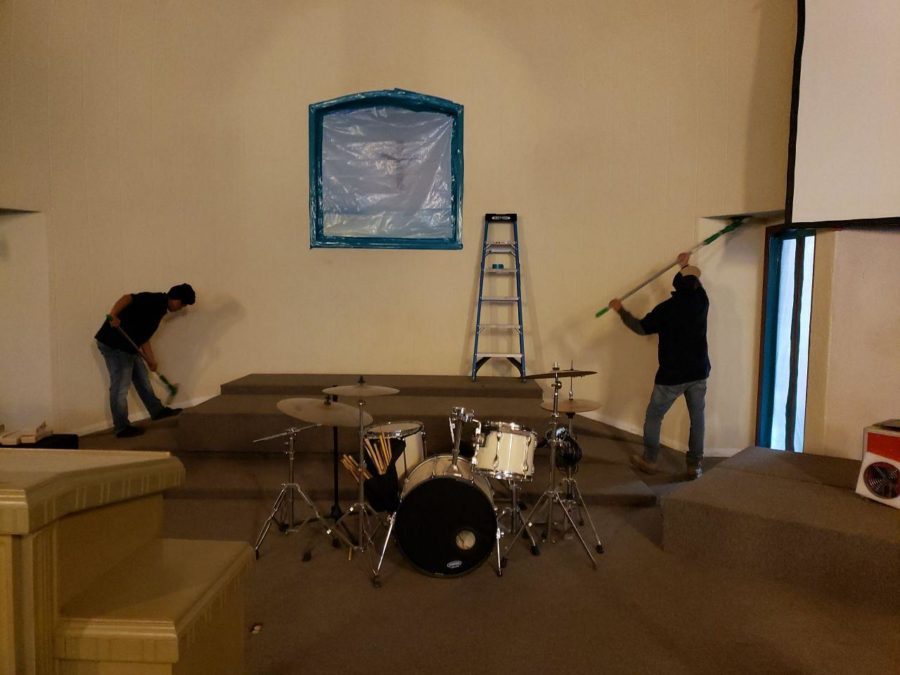
Contact
More News
Newsletter
Sign up and receive valuable tips to help you protect your residential building or commercial property from damages.
Awards
